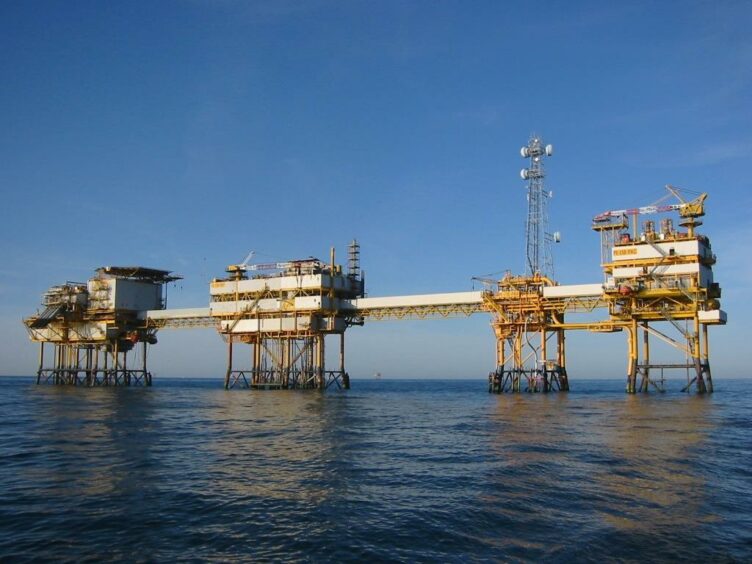
Neptune Energy has announced plans to develop new “digital twins” of two North Sea platforms.
The virtual models will allow engineers to carry out work onshore, accelerating schedules, reducing costs and minimising environmental impacts.
They will also support the planning of Neptune’s major carbon capture and storage (CCS) project in the L10 area of the Dutch North Sea.
Leading UK-based 3D technology specialist Eserv is creating digitised versions of the L10-A complex’s drilling and production platforms.
Neptune is planning to base the large-scale CCS project on the offshore installation.
A digital twin is an accurate, virtual model of a physical object that allows engineers to run simulations, analyse data and make improvements.
They are increasingly becoming common place in the energy industry as companies strive to find better ways of operating.
There are already five digital twins of Neptune-operated platforms in the UK, Norway and Dutch North Sea in use.
It allows engineers and integrity specialists to carry out an estimated 4,100 hours of work from onshore locations, improving efficiency and cutting operational emissions.
Neptune Energy’s chief information officer Kaveh Pourteymour said: “These two new additions will allow us to maximise those benefits while also expanding the use of ‘digital twins’ beyond our traditional E&P activities.
“We believe their implementation can help accelerate our drive to repurpose existing facilities to deliver large-scale CCS facilities.”
If the project in the L10 area is established, it would become one of the largest CCS facilities in the Dutch North Sea.
The depleted gas fields around the L10-A, L10-B and L10-E areas are capable of storing more than 50% of the CO2 volumes being targeted by the Dutch industrial sector.
Lex de Groot, managing director of Neptune Energy in the Netherlands, said: “As the largest offshore gas producer in the Dutch sector of the North Sea, we are well-positioned to help the Netherlands achieve its climate goals by repurposing existing assets for CO2 storage or green hydrogen production.
“Embedding modern technologies in this way ensures we can plan work, inspect plant equipment and monitor changes in the physical structure, or identify potential issues early and accurately, increasing our chance of success and enabling us to deliver against much shorter timescales.”
Other uses of the digital twin model by Neptune include the development of detailed flight plans for drone-based surveys at the Cygnus platform, as part of an industry leading methane emissions study.
Recommended for you

